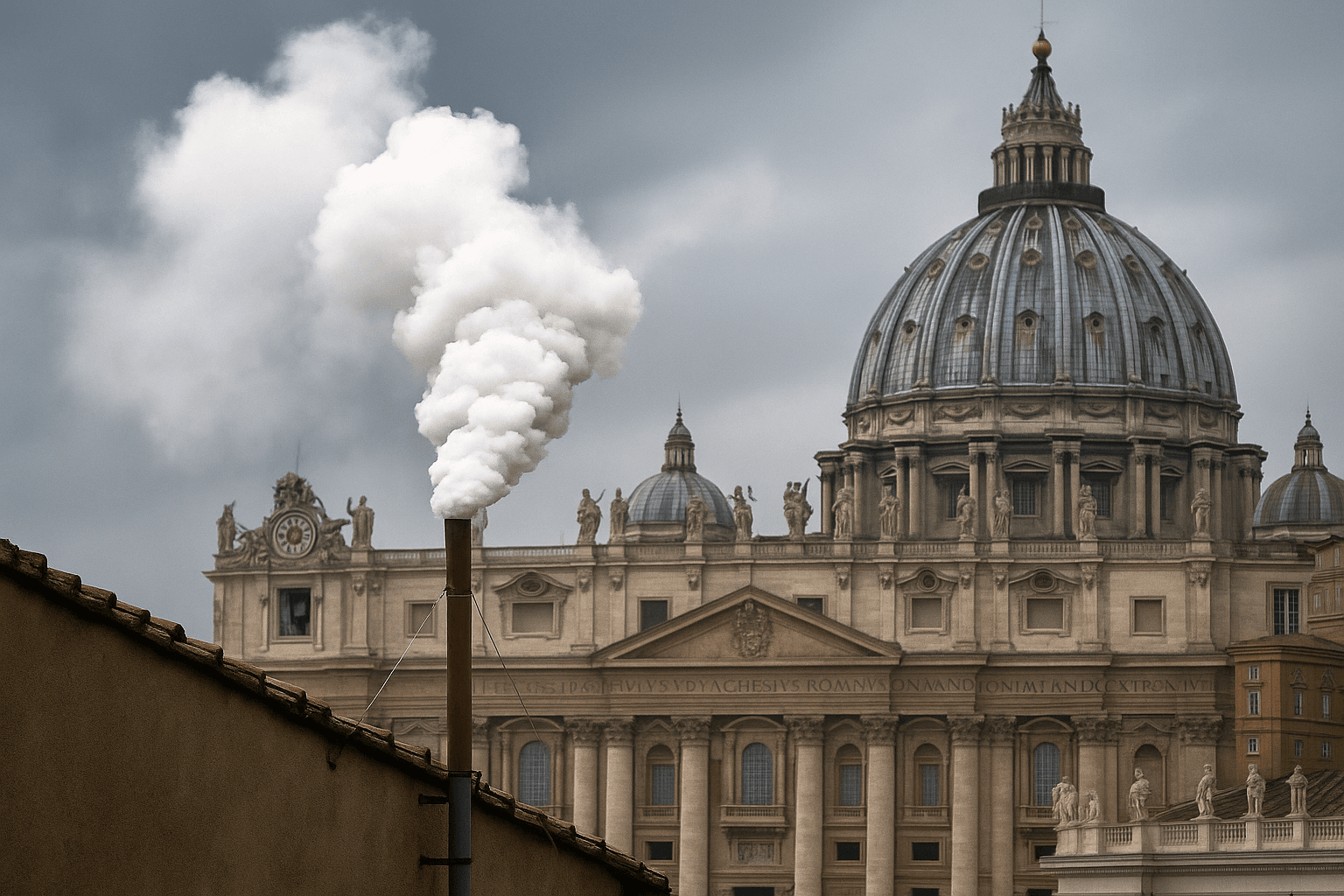In the age of instant notifications and live-streamed events, few traditions remain as symbolically powerful and visually simple as the white smoke from the Vatican’s Sistine Chapel. For centuries, this plume of smoke has been the Catholic Church’s timeless method of declaring to the world that a new Pope has been chosen.
Let’s delve into the deep historical, spiritual, and procedural significance of this tradition that captivates billions worldwide whenever the Church seeks a new leader.
The Papal Conclave: A Secretive Spiritual Process
When a pope dies or resigns, the College of Cardinals—senior Church officials from across the globe—gathers in Vatican City for what is known as a conclave. This word, from Latin cum clave (meaning “with a key”), refers to the cardinals being locked inside the Sistine Chapel until they reach a decision. No media, no phones, no contact with the outside world. It is a solemn and spiritual responsibility.
How the Pope is Elected
- Voting takes place in multiple rounds, with a two-thirds majority required for a candidate to be elected pope.
- After each round, the ballots are collected and burned in a stove within the chapel.
- The color of the smoke that emerges signals the outcome.
The Meaning Behind the Smoke

The use of smoke as a signal dates back to at least the 15th century, though its modern form was codified in 1903 and has evolved in clarity since. In earlier times, confusion sometimes arose due to smoke appearing gray or ambiguous, prompting the Vatican to later use chemical additives to ensure the smoke is clearly black or white.
Why Smoke?
The choice of smoke has both practical and symbolic roots.
- Practical: Before mass media, it was the only efficient way to inform the world that a decision had been made, visible even from a distance in St. Peter’s Square.
- Symbolic: The rising white smoke represents the Holy Spirit’s guidance in the selection of the new spiritual shepherd, echoing the Biblical imagery of clouds and fire as divine signs.
The Moment of Revelation: “Habemus Papam”
When white smoke billows into the Roman sky, bells ring from St. Peter’s Basilica, and the Vatican announces “Habemus Papam” (“We have a Pope”). Shortly after, the newly elected pope appears on the balcony of the basilica to give his first Urbi et Orbi (to the city and the world) blessing.
It’s a moment charged with emotion, tradition, and hope, not just for the 1.3 billion Catholics worldwide but also for observers of history and ritual.
Modern Enhancements to the Process
To address past confusion over smoke color:
- Since 2005, two stoves have been used: one for burning ballots, and one for producing colored smoke with chemical compounds to ensure clarity.
- Additionally, bells are rung when white smoke appears to confirm a successful election.
Notable Papal Elections
- 2005 – After the death of Pope John Paul II, white smoke signaled the election of Pope Benedict XVI.
- 2013 – After Pope Benedict’s resignation, Pope Francis was elected—the first pope from the Americas.
These events drew millions to Vatican Square and billions of viewers online and on television, reminding us of the enduring power of tradition.
Conclusion: A Plume of Smoke, a Message of Hope
In a world racing toward the future, the image of white smoke rising over the Vatican remains one of the most serene and powerful messages of spiritual continuity. It unites the ancient with the modern, the sacred with the symbolic.
Next time you hear of white smoke from the Sistine Chapel, remember: it’s not just a signal. It’s history unfolding in real-time, steeped in faith, guided by tradition, and watched by the world.



